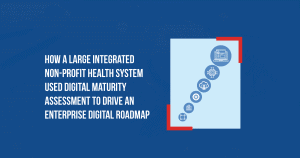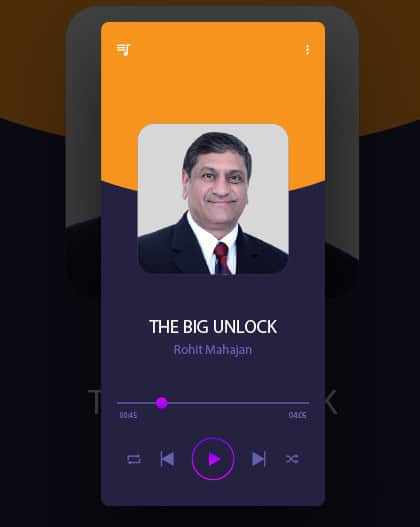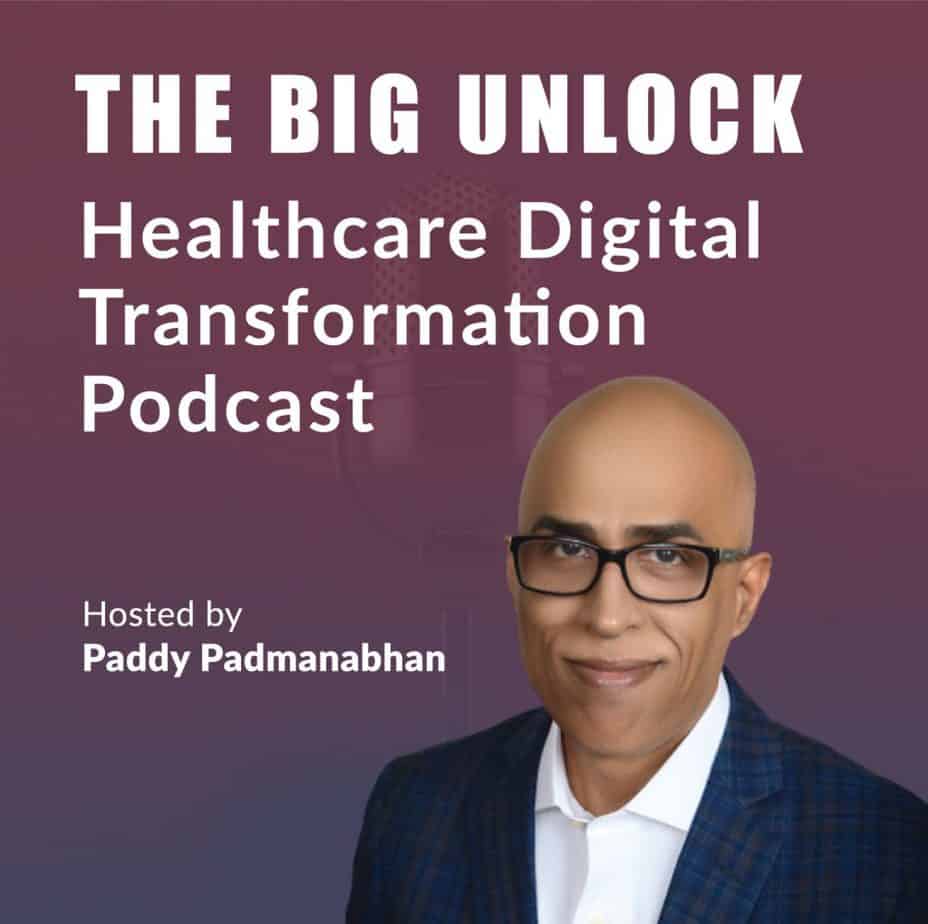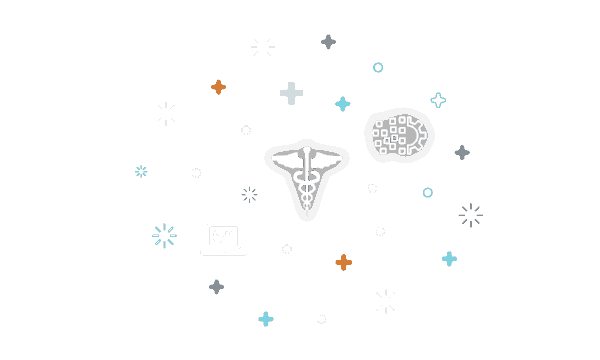Top digital health tools to enhance patient experience and access
Spend a moment and think when was the last time you booked an airline ticket standing in a queue at the airline office or visited the bank for financial transactions?
In the travel industry, digital tools help with scheduling, finding desired destinations online, booking reservations online, and pre- and post-travel formalities to the point that digital experience has become accepted and not a privilege. Banking has done even better, with consumers managing all their financial transactions from the comfort of their home, office, or any other location. If one has a secured internet connection, it is a go!
The healthcare industry, though slow, is now catching up fast. Thanks to the pandemic, the last few months have seen an upsurge in demand for telehealth and virtual care technologies. Seeing an opportunity in this surge of demand, every tech company, healthcare or not, is offering products and services in the virtual care and telehealth space. Therefore, it has become necessary to identify the right tools and technologies for your needs before spending the bucks.
One of the most important aspects of care delivery is to enhance patient experience and access to care. From the point a patient needs to consult a physician or purchase a medical device to the point of making a payment and then follow up for medication adherence, the need to digitize the journey has been recognized by healthcare organizations of all sizes and types. According to Paddy Padmanabhan and Ed Marx in the Healthcare Digital Transformation handbook, five major areas of emphasis for the future of digital health includes:
- Enabling online patient experiences.
- Improving caregiver experiences.
- Digitally enabling administrative functions.
- Enhancing wellness in our communities.
- Creating new lines of revenue.
The below list covers digital tools that can help with three of the five major digital health areas mentioned above – enabling online patient experiences, digitally enabling administrative functions, and enhancing wellness.
Digital health tools for enabling online patient experiences
By including these digital health tools in the patient experience journey, health systems can help differentiate the patient experience across major touchpoints, thereby improving their reputation and bottom line.
- Find- a-doctor: A patient’s healthcare journey starts with searching for a doctor in the vicinity seeking a consult for varied ailments. Healthcare providers vary in terms of their specialties, insurance coverage they provide, languages they speak, and locations. A database of physician and caregiver profiles in the ‘Find-a-doctor’ tool helps consumers research and find a physician or caregiver according to their requirements.
- Symptom triage: With healthcare services becoming specialized in all aspects, patients are confused about the specialty they should be consulting, especially when facing vague symptoms. It is important to triage a patient or consumer to the appropriate specialty within a health system based on the symptoms. A symptom triage or a chatbot powered with machine learning algorithms has been extensively used during the pandemic to segregate infectious and non-infectious causes.
- Online scheduling: Online scheduling of appointments eases outpatient and surgical departments’ processes. Add to it some AI algorithms for slot management, automated scheduling, and appointment reminders for a truly seamless scheduling experience. Automation can take the chaos around missed appointments and prevent revenue leakage from appointment cancellations.
- E-visits and second opinions: In complex illnesses, most of us have taken a second opinion or shared our reports with a trusted doctor, who is usually referred to us by a familiar friend. These opinions can be asynchronous wherein only the reports are shared, and responses sent back. If the need arises, a virtual visit is arranged.
Digital health tools for digitally enabling administrative functions
Tools like online check-in kiosks and online pricing estimates help reduce healthcare facilities’ administrative burden while enabling a seamless check-in experience for the patient. Automated IVR call centers backed with knowledge management platforms provide better and more relevant responses to customer questions with less staff.
- Online check-in and kiosks: Healthcare facilities are increasingly using geolocation to allow patients to check-in within a defined timeframe before their appointments using geofencing features on their mobiles. When paired with rideshareapplications, patients can reach their healthcare facilities along with other patients on the same route. It took more than ten years in airports for self-check-in facilities to be used by almost 80% of the passengers. However, it might soon become the norm in some of the larger healthcare facilities.
- Billing portal, insurance eligibility, and pricing estimates: Before planning a visit to a healthcare facility, patients like to know the pricing estimates and the insurances accepted by their providers. These can be achieved through quick applications – online payments, insurance checks, eligibility, and pricing estimates – integrated within a hospital or payer website and patient-facing mobile applications. This tool also helps to manage administrative tasks outside the physician’s office.
- Omnichannel patient contact centers: For large healthcare centers, consumers like to connect with the healthcare facility in multiple channels via phone calls, text messages, chatbots, and mobile applications. To provide consumers with relevant information, an integrated information portal with back-end knowledge management solutions helps front-end staff communicate correct details.
Digital health tools for enhancing wellness
Platforms that drive care gap management algorithms and patient education portals help proactively improve wellness and good health among consumers and patients.
- Care gap management: Value-based care provides incentives to healthcare providers for proactive wellness initiatives. Caregivers can improve care outcomes and patient wellness by implementing care gap management platforms to identify gaps in care about missed screening appointments for mammograms and colonoscopies and closing the gaps with reminders and personalized messages.
- Patient education: With patients being more engaged and completing their research before visiting the doctor, patient educational content is important for a healthcare facility’s marketing and digital strategy. It also helps the healthcare center to establish their thought leadership in various specialties of healthcare. Educational content and videos delivered in an interactive and gaming mode make them easy to consume, encourage patient engagement.
Easing the patient journey across all the touchpoints of care can be achieved with these digital front doors. These also improve operational workflows and patient engagement, along with saving physicians’ time at the office. Healthcare, by and large, is a service that is the most reliant on human relationships and communications. By letting technology take care of administrative tasks, digital front doors help improve processes and enhance physician and patient experience.

